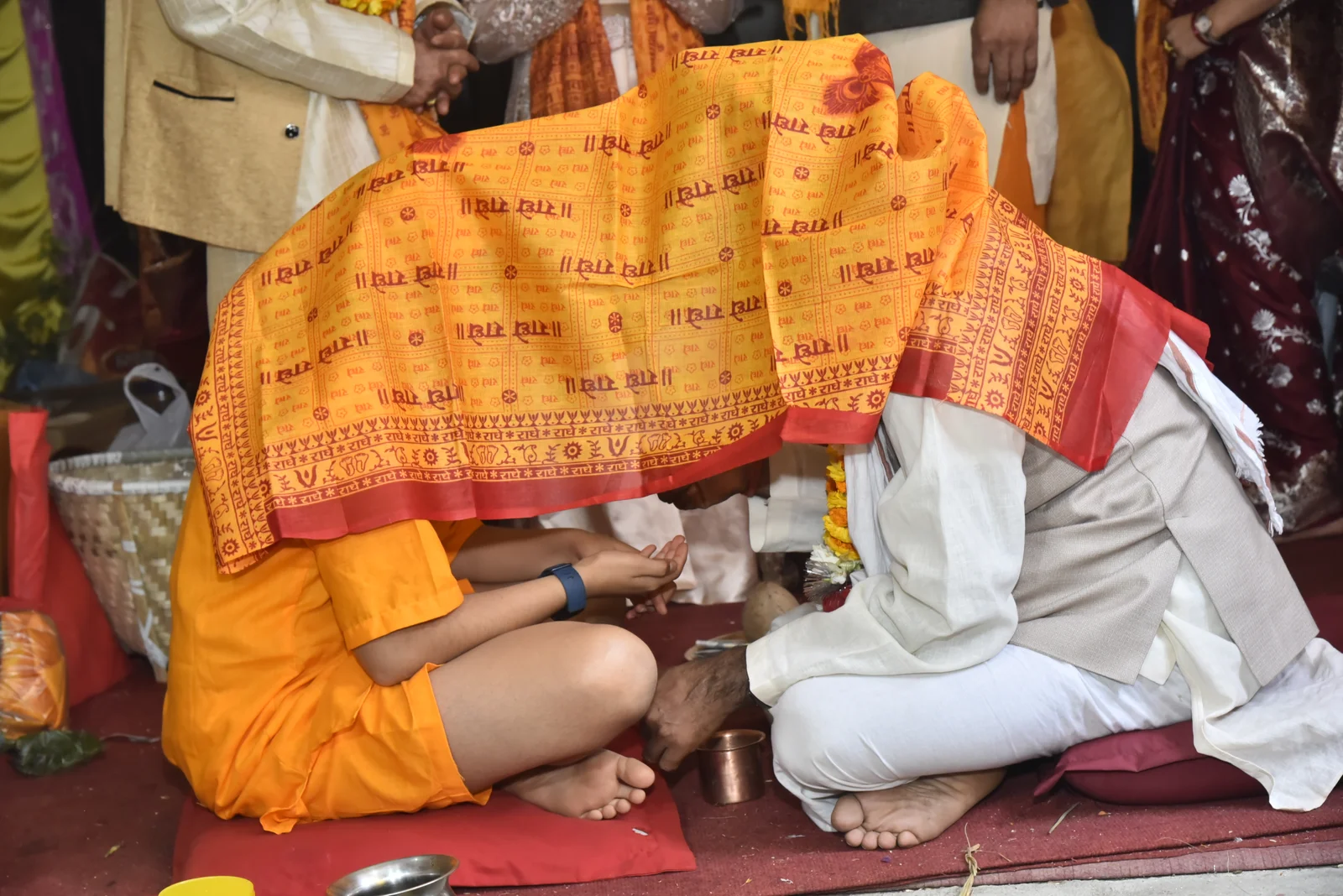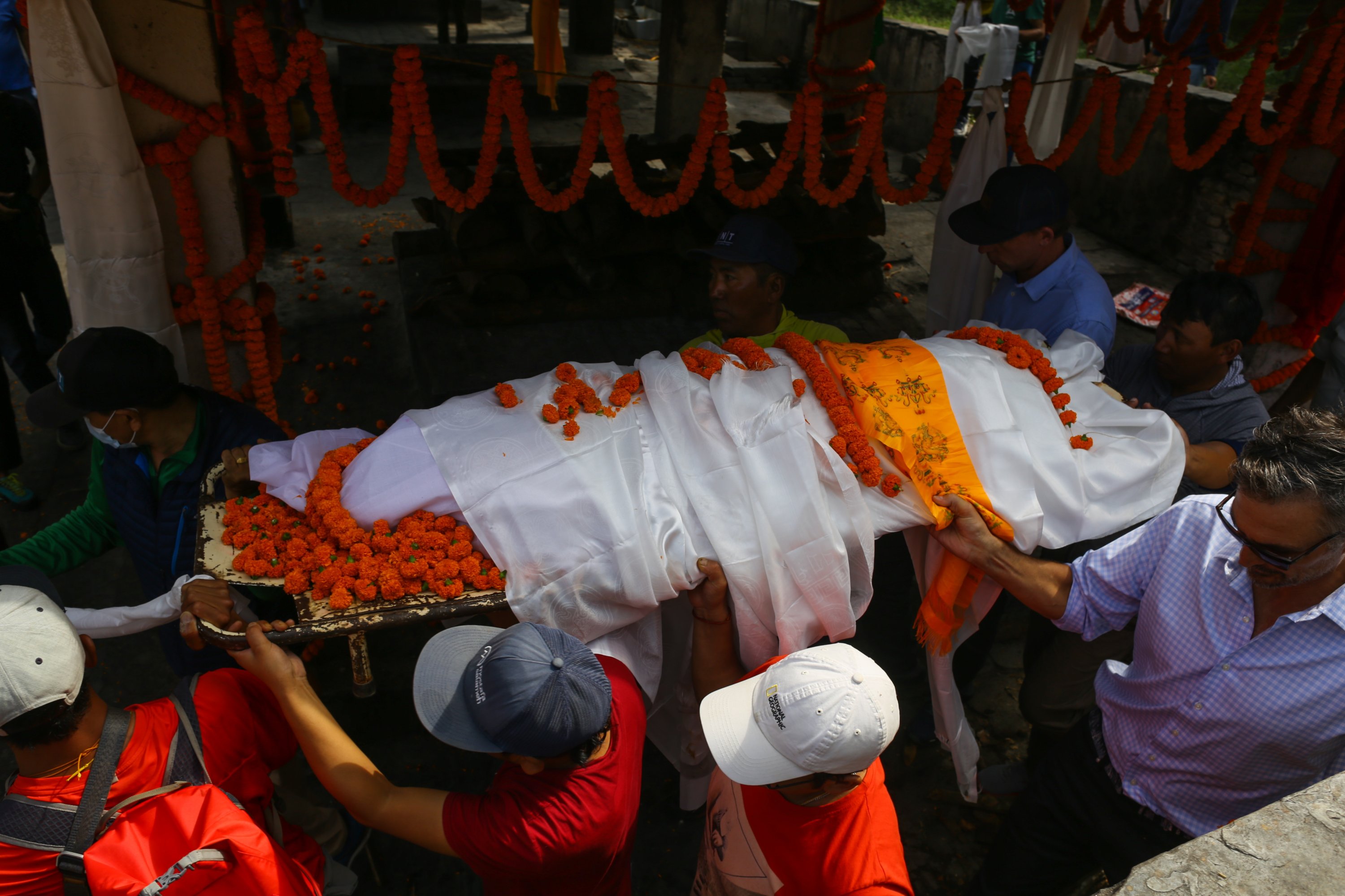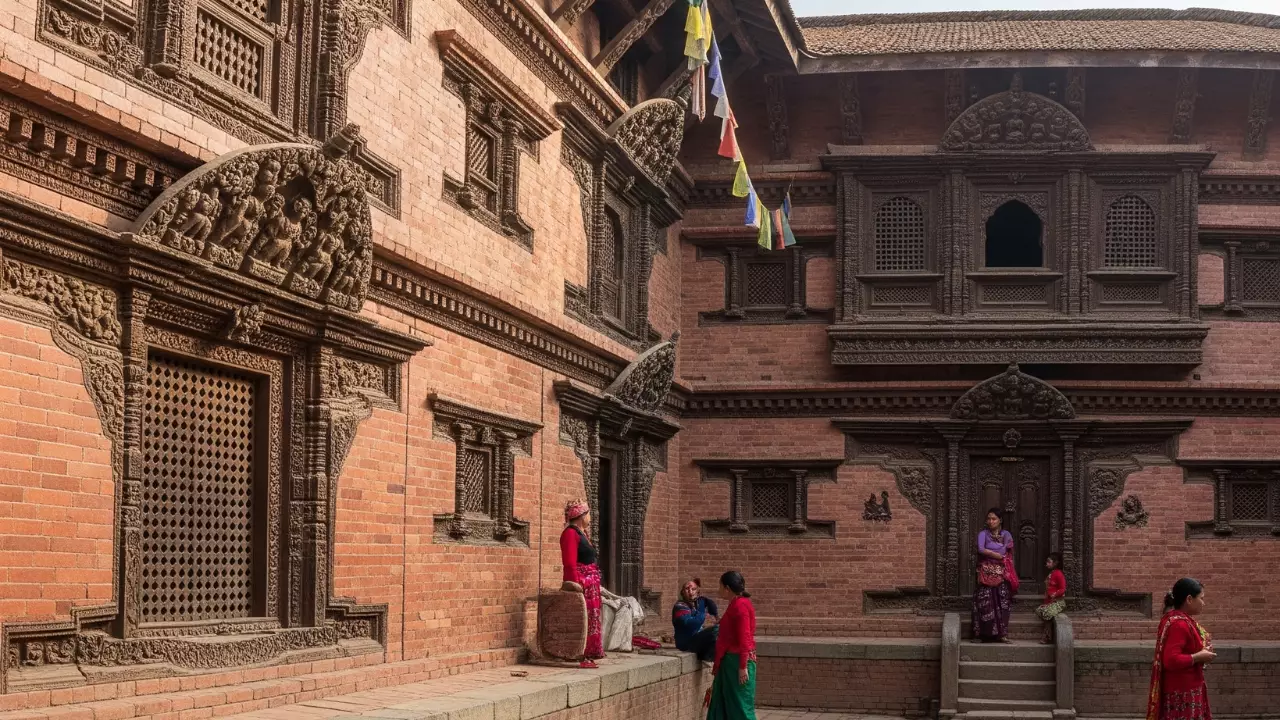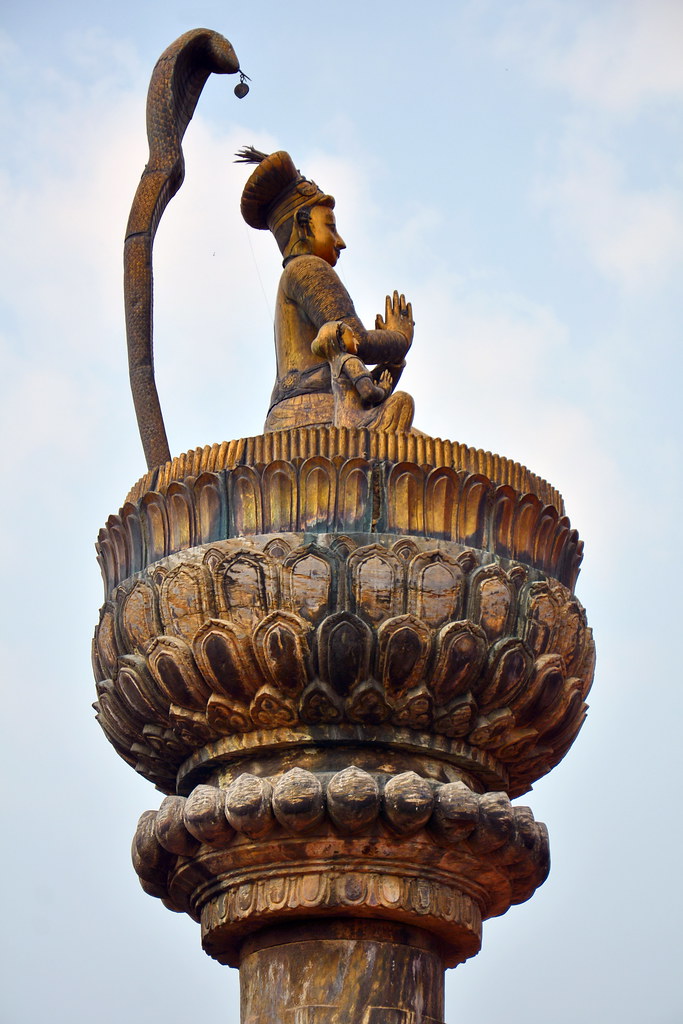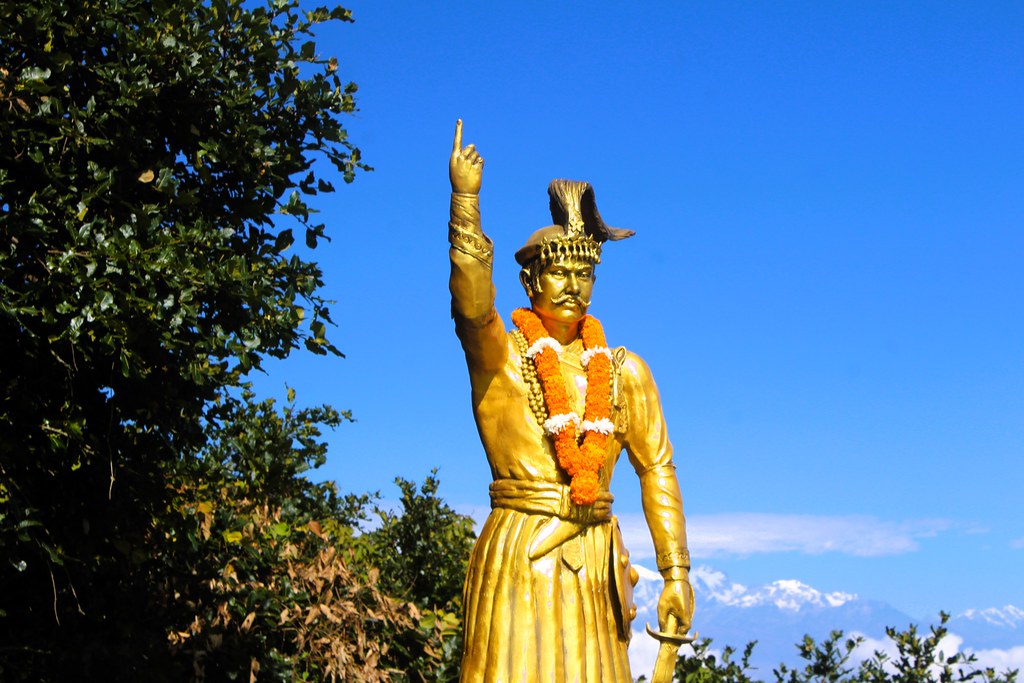Share this Article
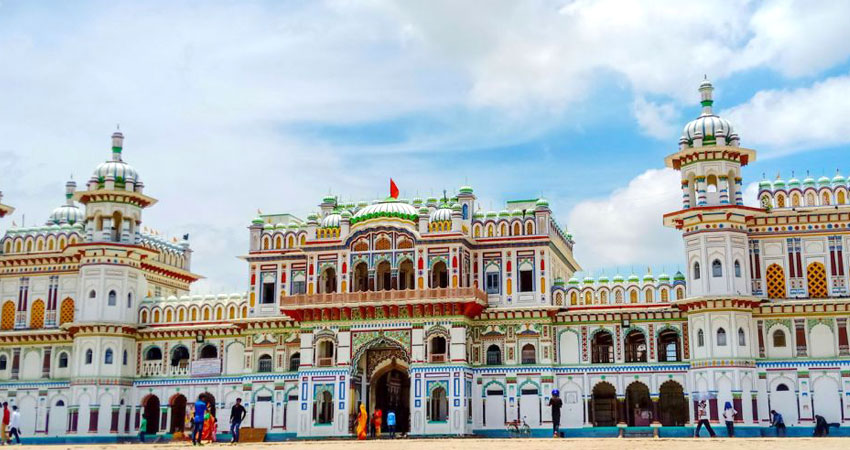
Introduction
Janaki Mandir, located in Janakpurdham, Nepal, is a significant Hindu temple dedicated to Goddess Sita, the wife of Lord Rama. This temple is closely linked to the cultural and spiritual heritage of the Mithila region, recognized as Sita's birthplace according to the ancient epic, the Ramayana. The temple's impressive architecture, historical relevance, and its status as a pilgrimage site make it a key attraction for both devotees and tourists.
Historical Context
Origins and Construction
Commonly known as Nau Lakha Mandir, which translates to "nine lakhs" in reference to its construction cost of approximately nine hundred thousand gold coins, Janaki Mandir was built in 1910 AD by Queen Vrisha Bhanu of Tikamgarh, India. The site's historical significance is highlighted by the discovery of a golden statue of Goddess Sita in 1657, believed to have been found at the location.
The temple is associated with Sannyasi Shurkishordas, a revered saint who promoted the philosophy of Sita Upasana (worship of Sita). His teachings and contributions to the spiritual landscape of Mithila are well-respected, emphasizing Sita's divine nature.
Mythological Importance
According to Vedic texts, Janakpur was ruled by King Janaka, recognized as Sita's father. The legend narrates that Sita was discovered by King Janaka while he was plowing the earth as part of a religious ritual. This story not only establishes the temple's significance within Hindu mythology but also reinforces its status as a sacred site for worship.
Architectural Features
Design and Structure
Janaki Mandir is a remarkable representation of Koiri Hindu architecture, noted for its intricate designs and elaborate decorations. Key architectural features include:
- Three Levels: The temple consists of three stories, each showcasing distinct architectural styles and artistic details.
- Madhubani Art: The walls are embellished with vibrant Madhubani paintings, traditional to the Mithila region, depicting various mythological scenes.
- Intricate Engravings: The temple features detailed engravings, colored glass, and decorative lattice windows that enhance its visual appeal.
Temple Complex
The temple complex includes 70 temples and 27 monuments, making it one of the largest temple complexes in Nepal. Each structure within the complex serves a specific religious function and contributes to the overall spiritual atmosphere.
Cultural Significance
Pilgrimage and Festivals
Janaki Mandir is not just a religious site; it is also a cultural center attracting thousands of pilgrims each year. Major festivals celebrated at the temple include:
- Ram Navami: Celebrating Lord Rama's birth.
- Vivaha Panchami: Marking the marriage of Sita and Rama.
- Dashain: Celebrating the triumph of good over evil.
- Tihar: A festival of lights similar to Diwali, honoring various deities.
During these festivals, the temple becomes a lively gathering spot filled with devotees who come to pray and participate in rituals.
Educational and Cultural Hub
Janaki Mandir also functions as an educational center where visitors can learn about the rich cultural traditions of the Mithila region. Workshops and exhibitions often showcase Madhubani art, traditional crafts, and local customs, enriching visitors' understanding of the area's heritage.
Recent Developments
Earthquake Damage and Restoration
In April 2015, Janaki Mandir sustained partial damage from a major earthquake that struck Nepal. Restoration efforts have been initiated to maintain the temple's structural integrity and cultural significance, involving collaboration between local communities and international heritage conservation organizations.
UNESCO Recognition
In 2008, the temple was designated as a UNESCO tentative site, recognizing its cultural and historical importance. This status has increased interest in conservation efforts and tourism, emphasizing the need for sustainable practices to protect the temple and its environment.
Conclusion
Janaki Mandir symbolizes the rich cultural heritage of the Mithila region and serves as a crucial pilgrimage site for Hindus. Its historical depth, architectural splendor, and vibrant cultural significance make it a vital destination for those exploring Nepal's spiritual and historical landscape. As efforts to restore and preserve this iconic landmark continue, Janaki Mandir stands as a testament to the lasting legacy of Goddess Sita and the traditions that shape the region. The temple not only draws religious pilgrims but also acts as a source of cultural pride, inviting visitors to engage with the profound heritage of Janakpur.
Categories:
History & Heritage
,
Spirituality & Religion
Tags:
Temple
,
Janaki Temple


